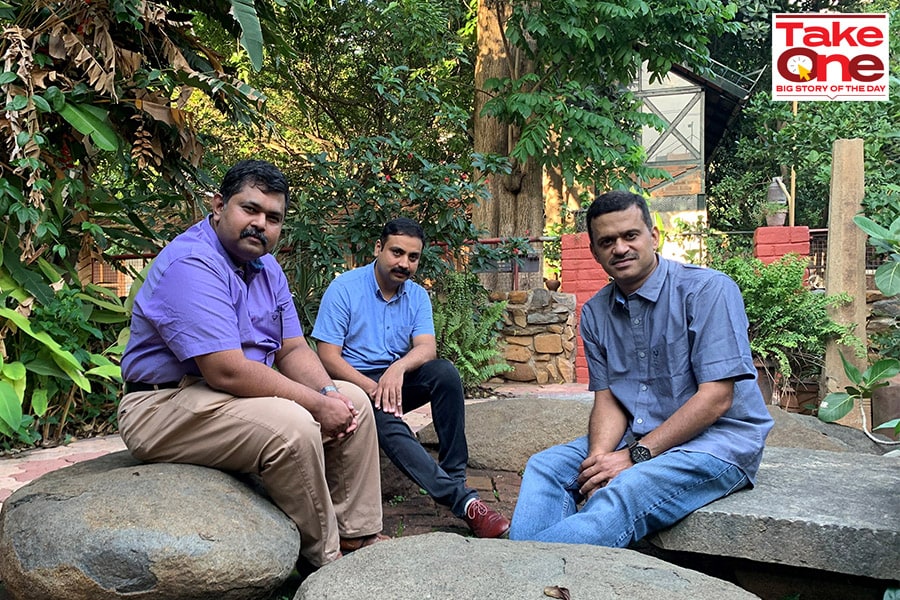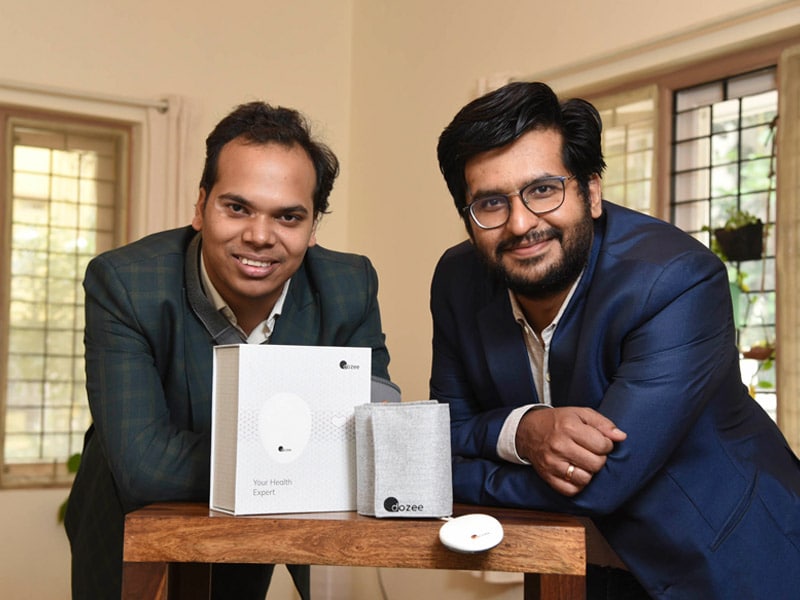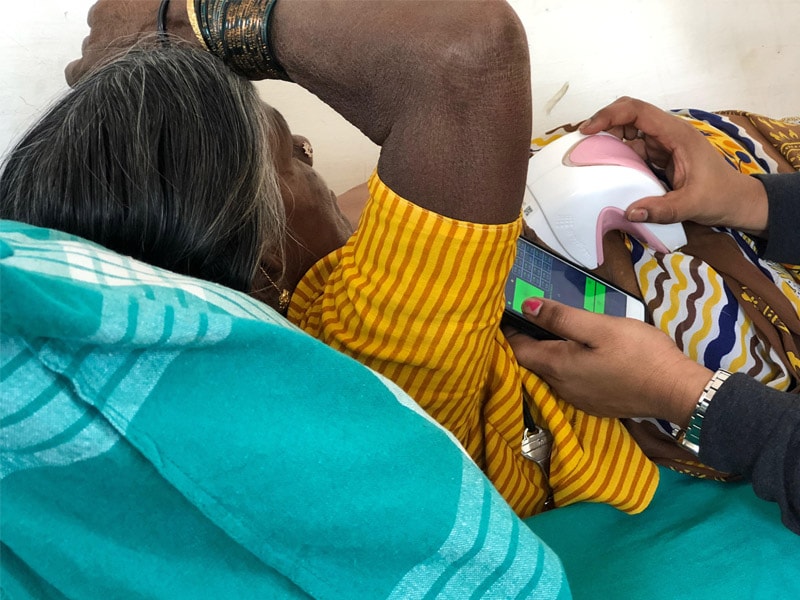
Health tech in a backpack
From standard vitals checks to early cancer detection in women, modern medical devices are becoming small and affordable enough to reach remote villages. With cloud connectivity and the internet, they are revolutionising health care delivery
 Founders (L to R) Ajax Thomas, Praveen L Murthy, Anand Madanagopal, Cardiac Design Labs at their office in Whitefield, Bengaluru
Founders (L to R) Ajax Thomas, Praveen L Murthy, Anand Madanagopal, Cardiac Design Labs at their office in Whitefield, Bengaluru
Amidst the turmoil of Covid-19, a quiet revolution is unfolding in India in sophisticated medical diagnostics—not just in terms of technology, but also affordable access to the masses. Over the last 10 years, especially, a small band of hardware makers has developed products that are small enough to be carried in a backpack, so that they can be taken to taluk-level hospitals and health centres, and eventually to remote villages.
From monitoring basic vitals to early cancer detection, these devices have been put through enough iterations of product development so that they have are power-efficient and accurate enough to rival the expensive, and bulky machines that they will soon replace even in big hospitals in the cities.
With the advent of cloud computing and mobile internet, these devices are also able to send their data to the cloud with a basic cellphone connection, and in real time, so a highly qualified specialist in a large hospital can advise a general physician in a small health centre on what to do next with his patient.
Intelligent holters and more
Cardiac Design Labs in Bengaluru has developed ‘intelligent’ holter-based monitoring devices. It has also developed a long-term event monitoring patch that can help doctors diagnose heart-rhythm problems in patients. “We are taking these to the rural level,” Anand Madanagopal, founder and CEO of Cardiac Design Labs, tells Forbes India.




 Mudit Dandwate and Gaurav Parchani are founders at Turtle Shell Technologies, where they’ve developed Dozee, a device that listens to the heart’s vibrations to determine its health. This vibration-sensor based contact-less health monitoring device is helping doctors in hundreds of hospitals create step-down ICU beds. Image: Hemant Mishra for Forbes India
Mudit Dandwate and Gaurav Parchani are founders at Turtle Shell Technologies, where they’ve developed Dozee, a device that listens to the heart’s vibrations to determine its health. This vibration-sensor based contact-less health monitoring device is helping doctors in hundreds of hospitals create step-down ICU beds. Image: Hemant Mishra for Forbes India iBreastExam by UE LifeSciences. The hand-held, battery-powered breast scan device called iBreastExam is a non-invasive, radiation-free point-of-care wireless device is user-friendly enough to be operated in primary health centres
iBreastExam by UE LifeSciences. The hand-held, battery-powered breast scan device called iBreastExam is a non-invasive, radiation-free point-of-care wireless device is user-friendly enough to be operated in primary health centres



